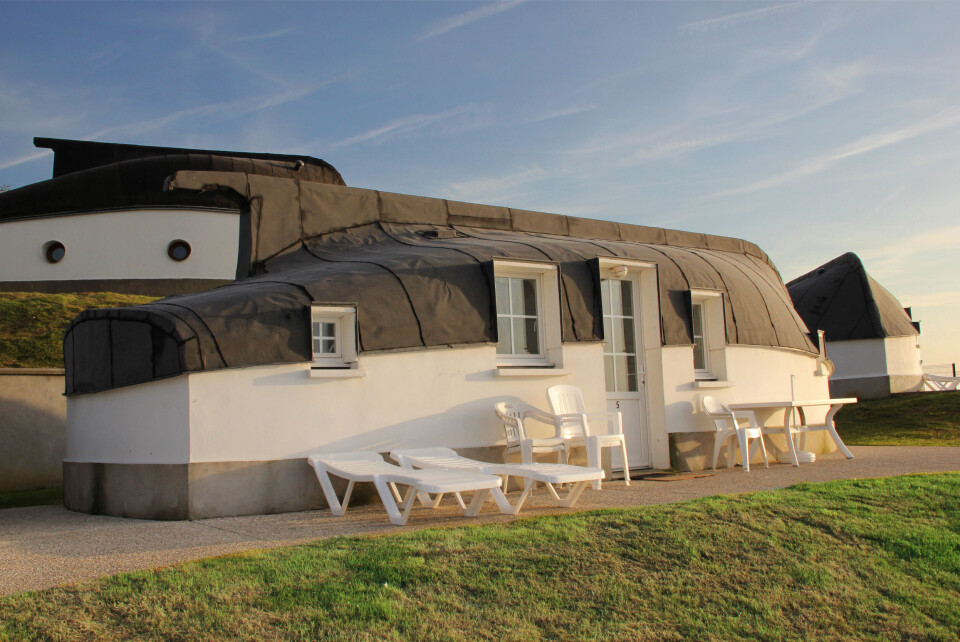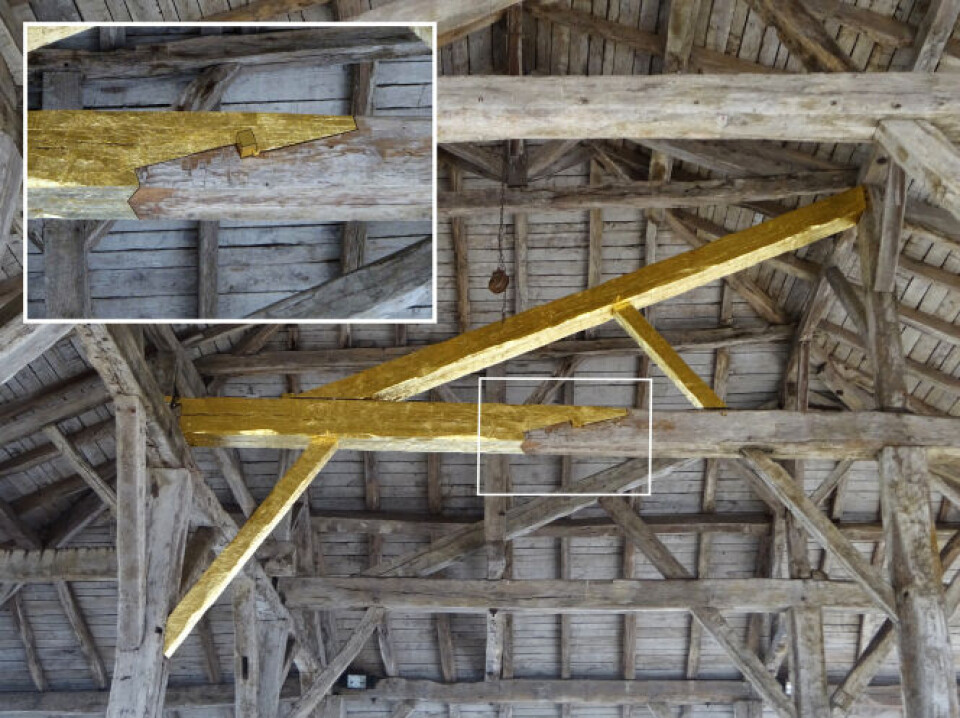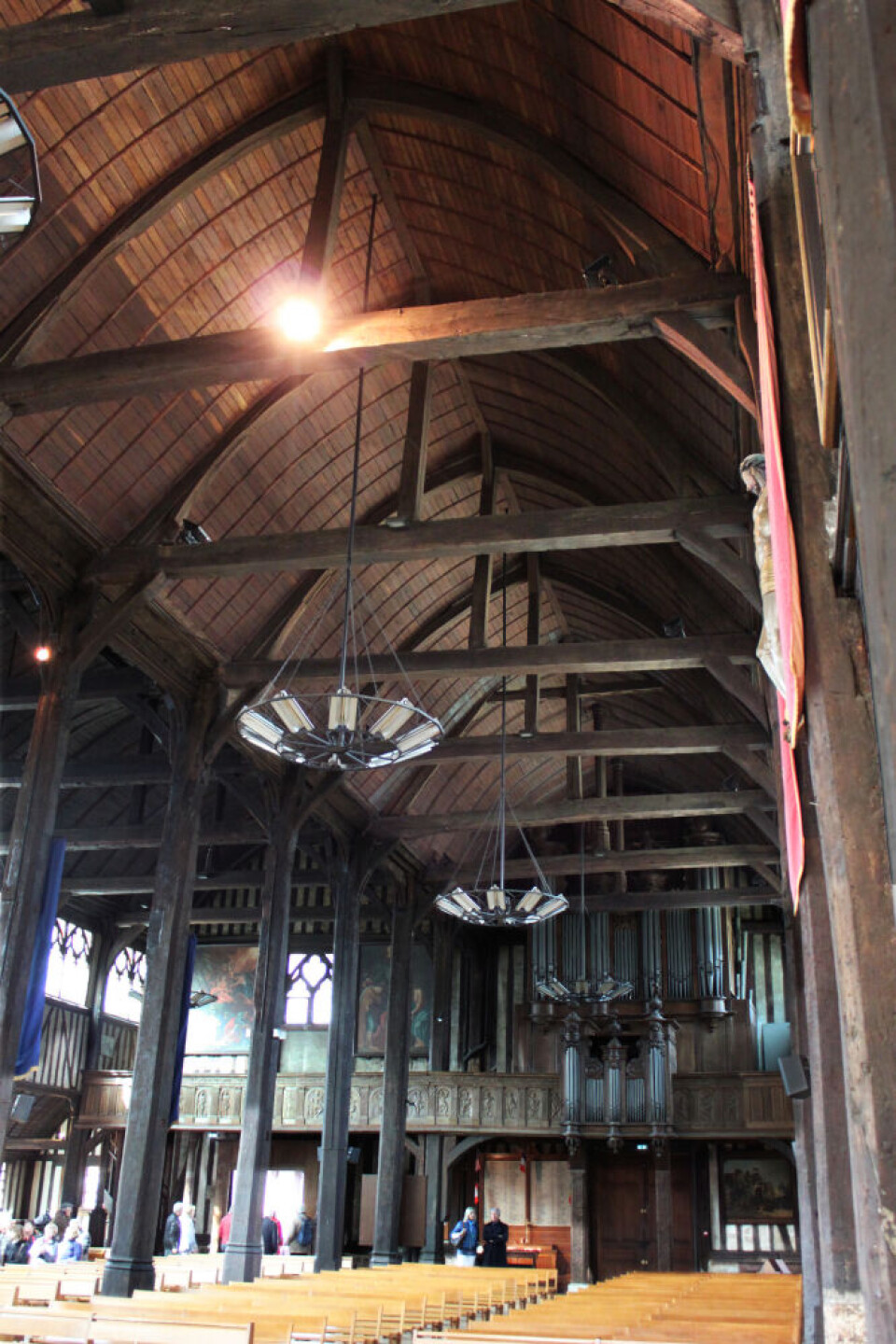-
Photos: 94 chateaux open their doors to visitors in Dordogne
The fifth Chateaux en Fête festival offers a chance to look around many impressive properties that are usually private
-
Martel: the medieval French town home to a 'truffle' train and lavender festival
The small town in the Lot offered refuge to an English throne heir until his death
-
Brittany lighthouse lens removal leads to public outcry
A petition gained over 20,000 signatures, highlighting the ongoing battle over the buildings' heritage in France
France’s historic upturned boat houses offer clue to Dickens mystery
On the country’s north coast lies a cluster of upside-down boats converted into dwellings. Could they explain a confusing quirk in the classic tale of David Copperfield?

The mystery of Peggotty’s boathouse, the beach dwelling immortalised in Charles Dickens’ David Copperfield, has baffled generations of literary scholars.
While Dickens’ text makes clear that the boat is upright (“high and dry” and, like an ark, “roofed in”), the novel’s illustrator, Hablot Knight Browne, better known by his pen name Phiz, depicted it upside-down.
So, the mystery: Why didn’t Dickens demand the etchings be changed? By his own admission, this story was his “favourite child”. And he had the chance – before its publication in 1850, the novel had already appeared, illustrated, in 19 monthly instalments.
The answer may lie on the north coast of France.
Dickens had a particular affection for Boulogne. He called it “our French watering-place” and in the 1850s spent three long summers there with his family.
“It is the best mixture of town and country (with sea air into the bargain) I ever saw,” he raved, a century-and-a-half before Tripadvisor.
The novelist was also a keen flâneur (someone who likes to stroll and wander) – the town even named a promenade after him.
If he had followed the shoreline a few kilometres south of the port, he would have arrived at Equihen, where he would have seen a cluster of decommissioned fishing boats that had been converted into makeshift dwellings. All of them upturned.
My hunch is that he took one look and thought: “Actually, that makes sense... Phiz was right!”

During the 19th and early 20th centuries, Equihen’s boathouses, about 20, formed what was known as the Quartier des Quilles-en-l’air (keels-in-the-air). From a distance, they must have looked like a collection of monstrously mutated mussels.
They came about because Equihen was a port d’échouage – a harbour that was left dry at low tide. Rather than being tied up to a wharf, the boats would be stranded and then pulled further up the beach to safety.
When no longer serviceable, they would be abandoned in situ – until, following the practice of the native hermit crabs, impoverished fishing families seeking shelter would repurpose them as housing.
All that was required was to flip them over, cut out a door and a couple of windows and, for added protection, slap on a coat of tar.
The boats were perfectly suited to the environment: inherently impermeable and, with their aerodynamic profiles, resistant to whatever the elements threw at them, come rain, wind or storm. Inside, the space was left open. One end would be for living, eating and working (net-mending and fish-gutting), the other for sleeping. A cast-iron stove with a chimney provided warmth and somewhere to cook.

Judging by photos, the boathouses were up to 8m long and, if those standing in front of them are any guide, could accommodate a family of seven or eight. Think sardines.
One can only imagine the fug inside, particularly during winter: little or no ventilation, grubby kids, puking babies... and herrings. And that is before we get on to the sanitary arrangements. The word that comes to mind is ‘Dickensian’.
Some of the boathouses survived into the 1930s but during World War II they were among the many casualties of the extensive bombing of the Pas-de-Calais. One – an artist’s studio – escaped, but was seriously damaged.
There is nothing new about people living in upturned boats. Apart from France, you can find examples in Iceland, Scotland, the Shetlands, Ireland and almost anywhere with a fishing tradition.
What marks out Equihen is that, rather than an isolated example, the practice spawned a unique community at a time when poverty meant not just deprivation but survival.
‘Having a roof over your head’ had literal weight and, in the absence of that roof, an abandoned hull was a God-sent alternative.
The fishing folk around Boulogne were not the first to exploit the similarity between hulls and roofs.
Centuries before, France’s boatbuilders had realised that the only difference in their construction was 180 degrees. When economic times got tough in the shipyards of Brest, Bordeaux or Toulon, they would pack up their tools and apply their maritime skills inland instead.
The giveaway is the jointing of the timbers. Boatbuilders had their own distinctive joints and, in the case of large structures, these often gave them an edge over the local chippies.
Before the advent of steel girders, one of the challenges for builders generally was that it was difficult to get more than 8m out of the trunk of an oak or chestnut tree if you needed a substantial load-bearing beam.
While this was enough for standard domestic dwellings, barns and market halls often required greater lengths. In theory, the beam could be extended by means of an overlapping scarf joint but, if the carpenter had a limited skillset, it would always be a potential weak point, perhaps requiring a pair of ugly metal bands or plates and bolts.
France’s shipwrights had their own formidable version of the scarf joint, handed down to them by the men who built the triremes, the Romans.
It is called the Jupiter joint – le trait de Jupiter – because from the side it looks like the lightning bolt the god hurled at his enemies.
It is so three-dimensionally complex, involving two ‘key’ pegs to lock it, that you wonder not just how it could be cut (in the days before power tools), but how the parts ever fitted together.
It was crucial in the construction of keels. Wooden warships in the time of Louis XIV were floating forests up to 60m long. The keel, being the backbone of the ship, had to be strong and straight – and remain so for decades, underwater and in the most testing of conditions, including combat.
The Jupiter joint was central to its construction: a succession of them linking half a dozen lengths of oak.
Today, if you know what to look for, you can see the full range of boatbuilders’ joints in chateaux, market halls and tithe barns across France.
Churches too. The name we give to the central part of a church – the nave – derives from the Latin for ‘ship’.
One of the finest examples is the church of Saint Catherine in Honfleur, Normandy, with not one but two boat-shaped roofs, side by side.
Built almost entirely of wood in the 15th century, it replaced an original stone church destroyed by the English during the Hundred Years’ War.
When told that money and masons were both in short supply, the local boatbuilders are said to have responded to the effect: “So? Give us the wood and we will do the rest!”
Incredibly, their work still stands 500 years later.
And the boatbuilders’ know-how has endured too.

When fire destroyed part of the magnificent 15th-century market halle in the centre of Belvès, Dordogne, in 2016, a large section of a supporting beam had to be replaced.
In a nod to his medieval predecessors, local master carpenter Vincent Papeix and his team made the repair using the famous Jupiter joint.
Two years later, it was covered in gold leaf – a glittering exemplar of their craft that can now be clearly viewed, and admired, from below.
Equihen’s keels-in-the-air have also endured – at least in spirit.
In the 1990s, the commune of Equihen-Plage employed the skills of the local training centre to build a cluster of bateaux renversés in modern form, with concrete foundations and solid block walls.
Situated on the cliff above the beach, the eight boathouses are available for holiday rental.
They come equipped with every-thing the 21st-century wannabe
fisherman could desire: electric heating, shower, toilet, fridge, hot water, microwave and – to watch while gutting the day’s catch – a television.
The all-important distinguishing feature, the roofs, are the genuine article: the recycled hulls of old fishing boats which otherwise would have been broken up. The quilles are still proudly en l’air.
























